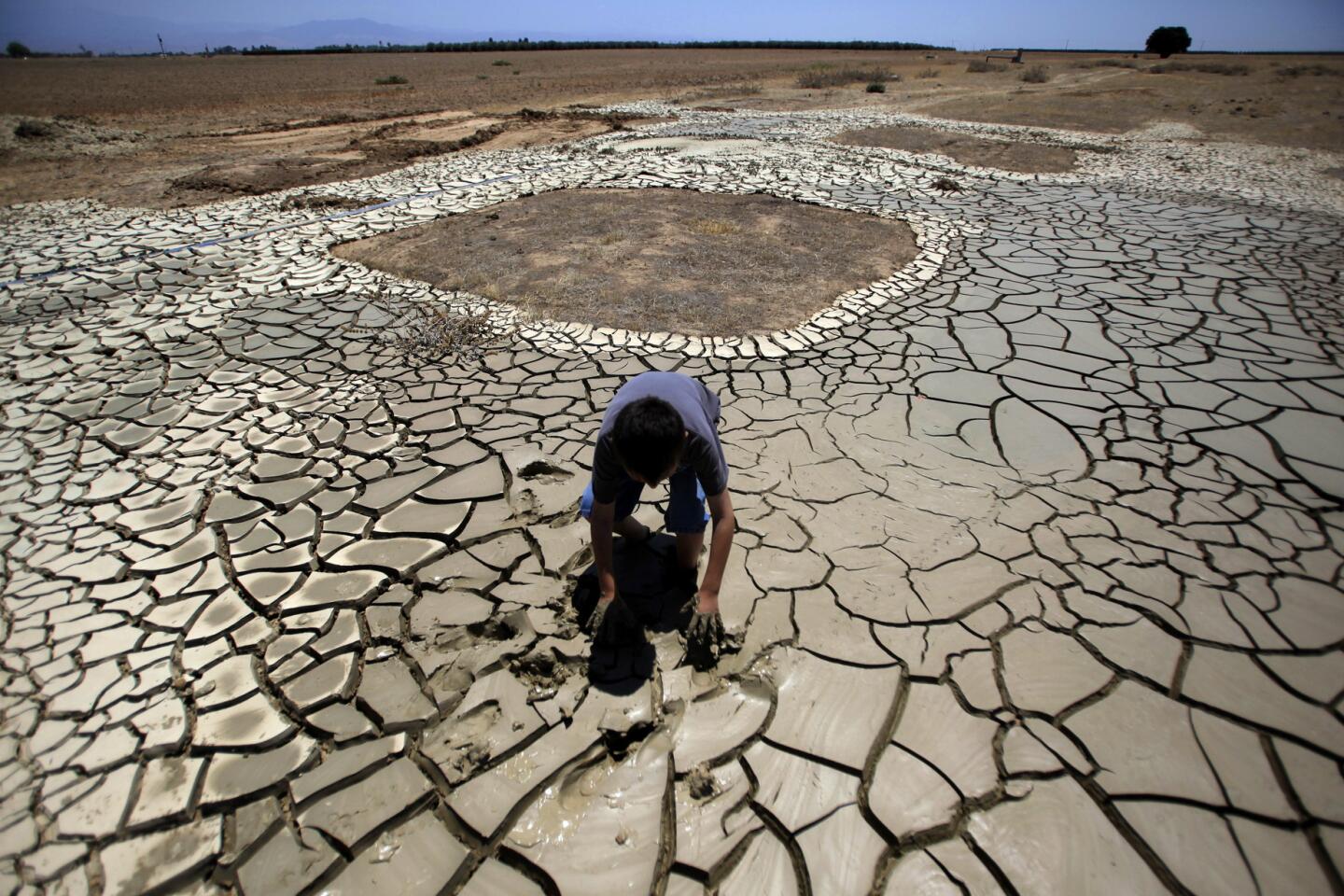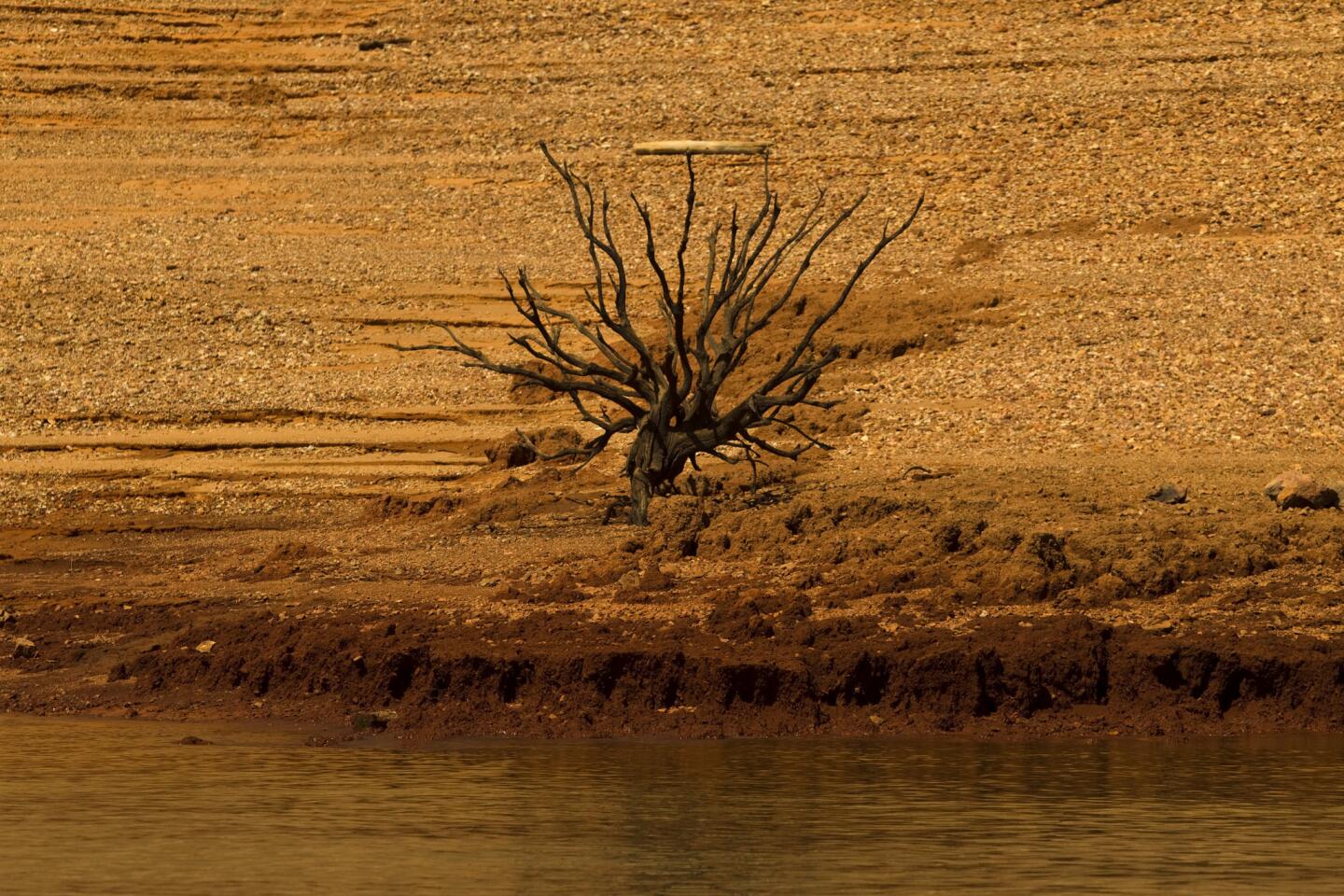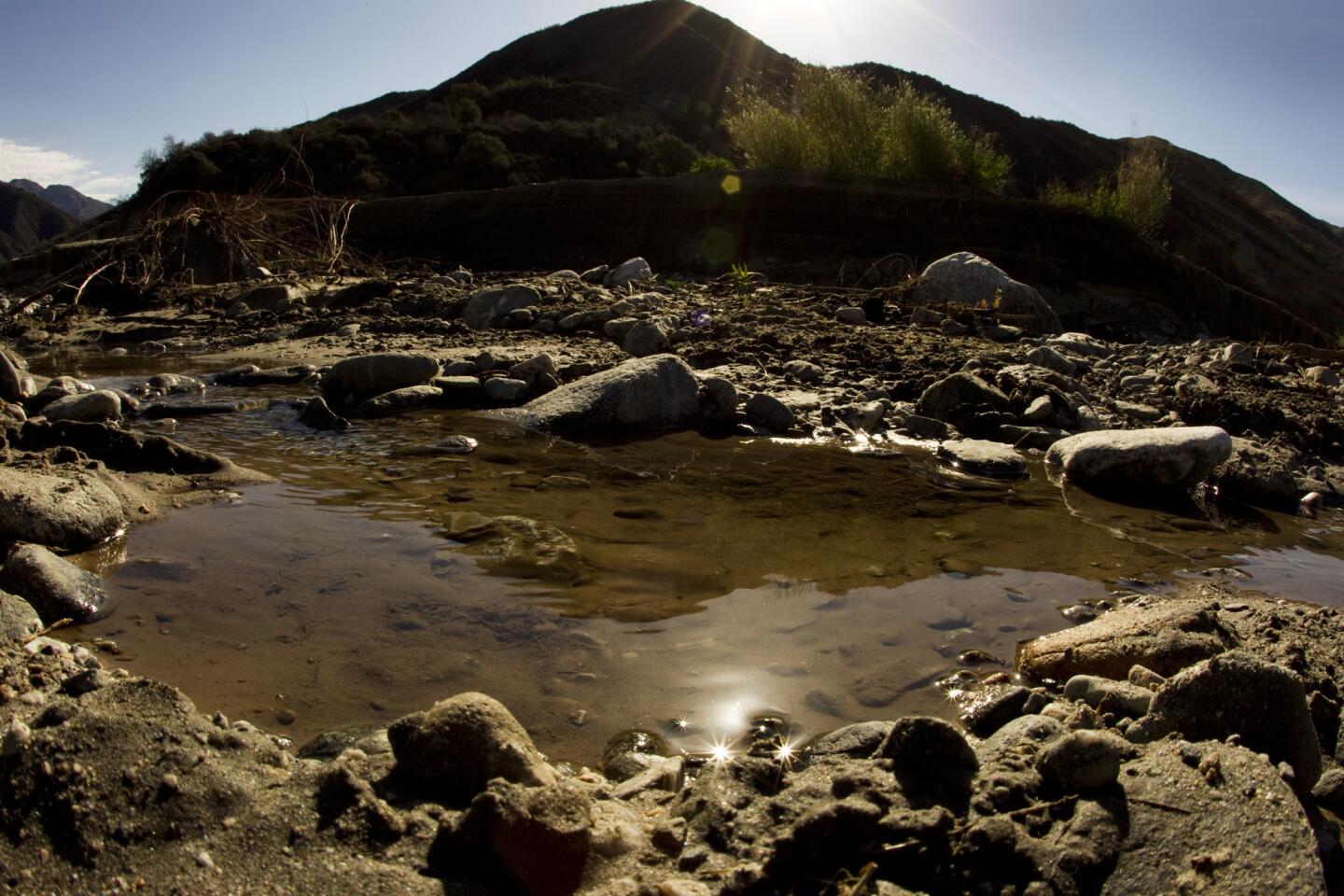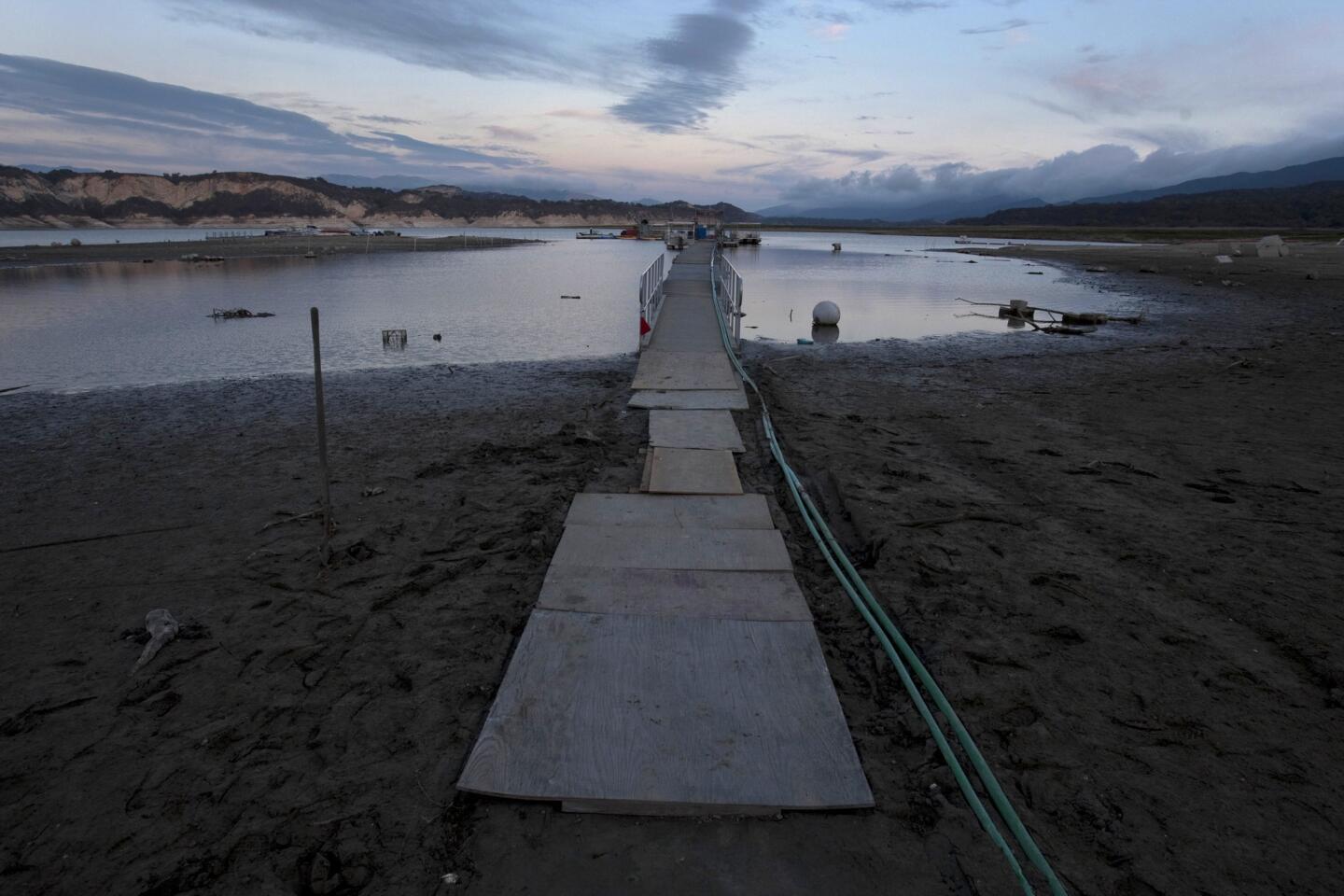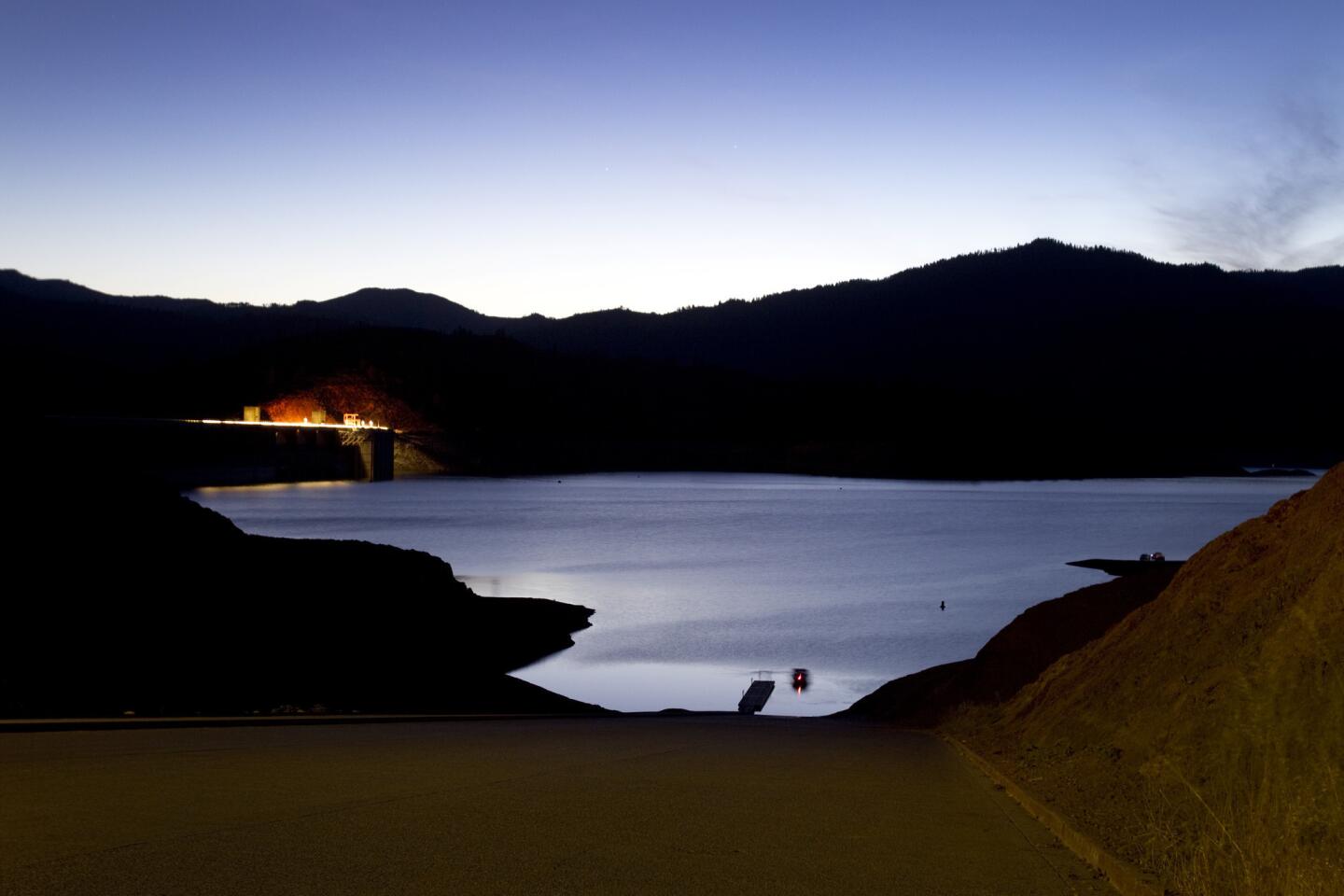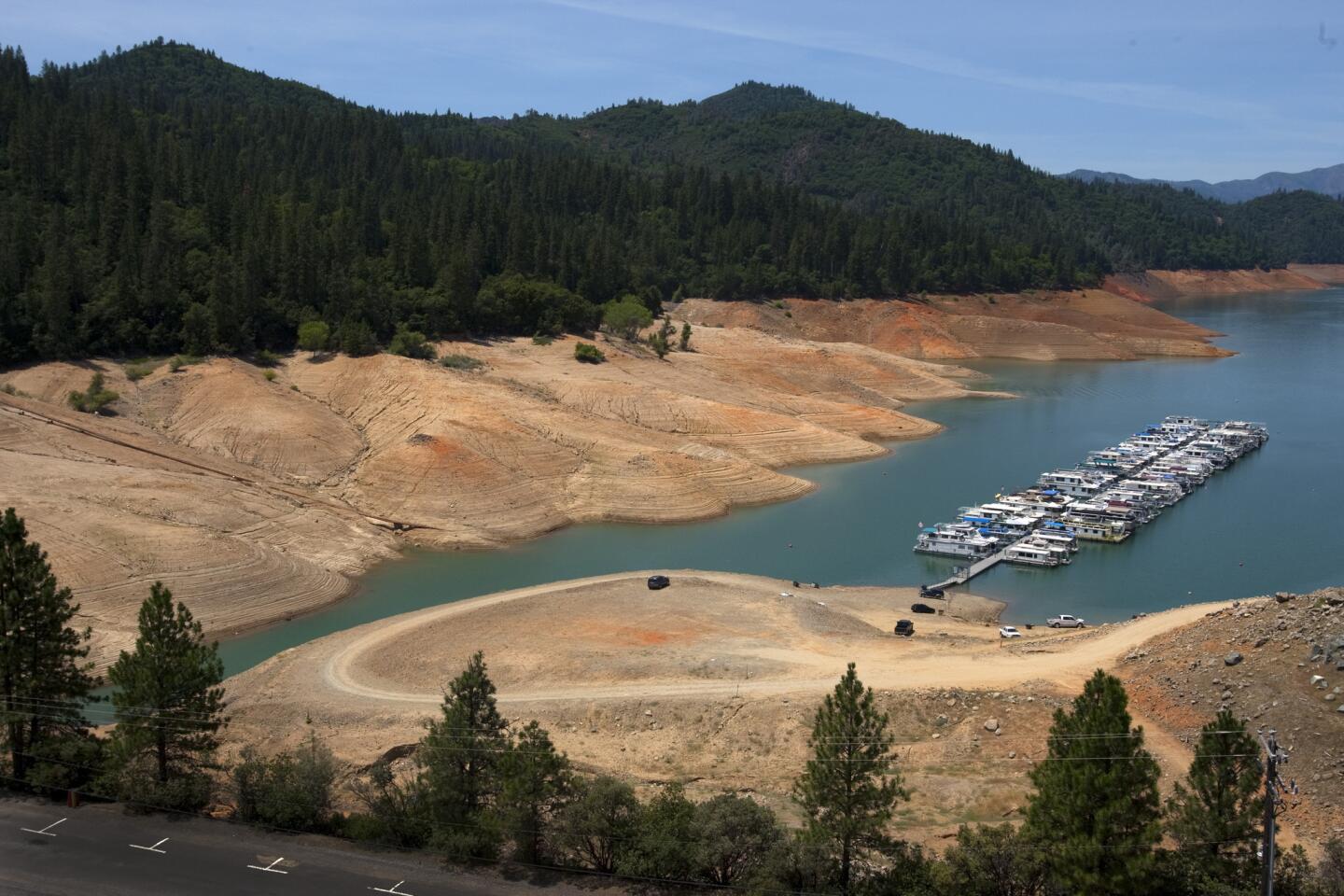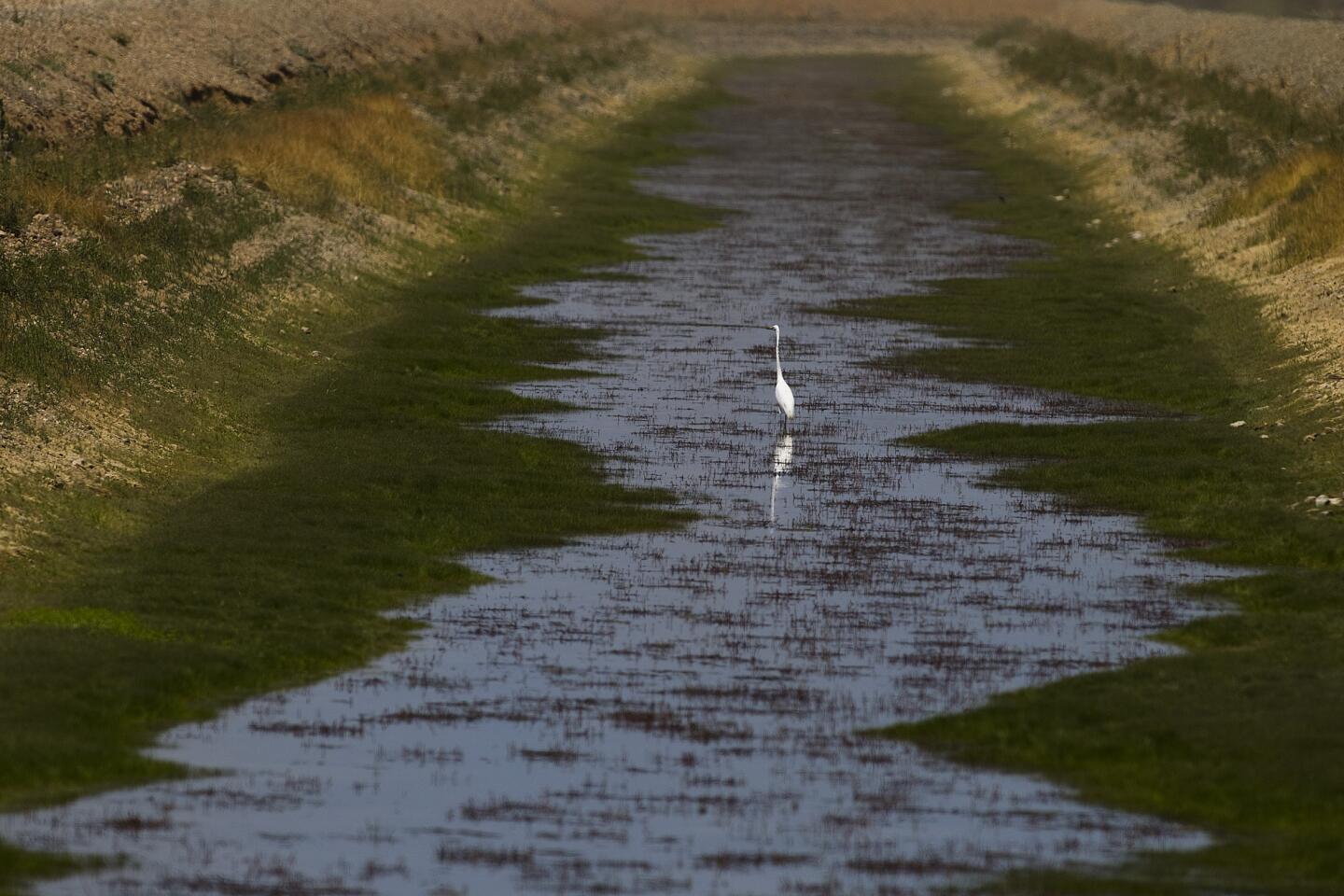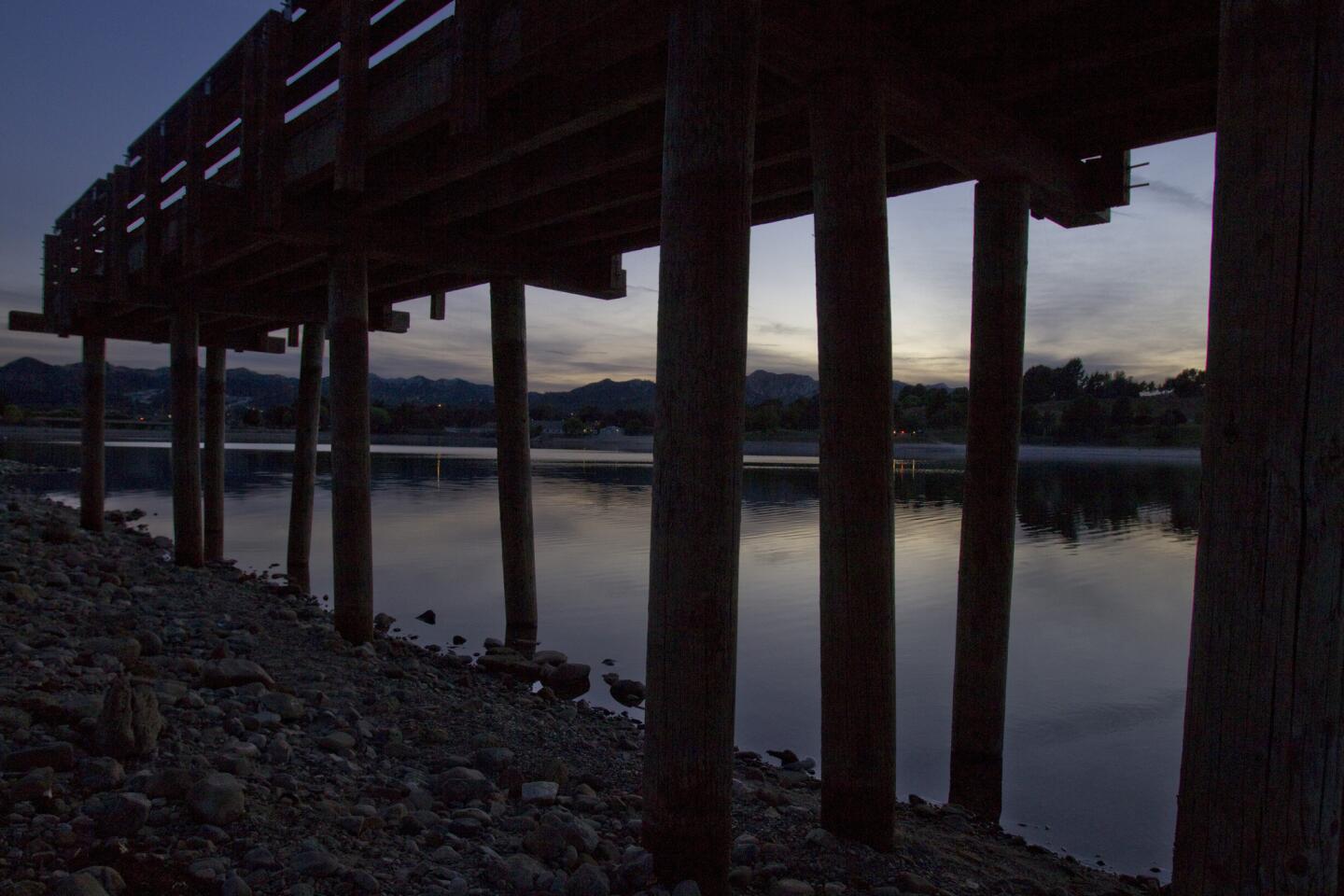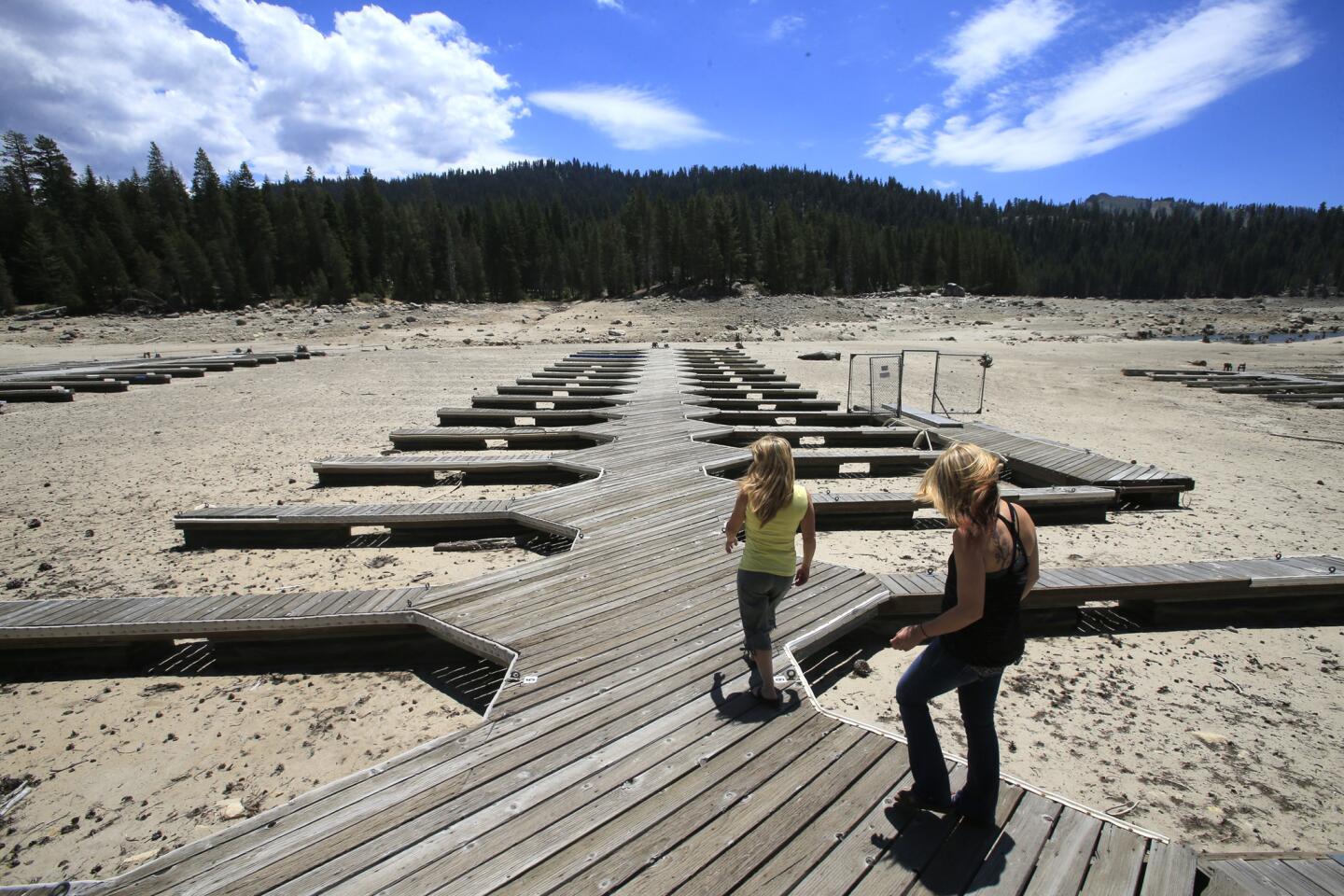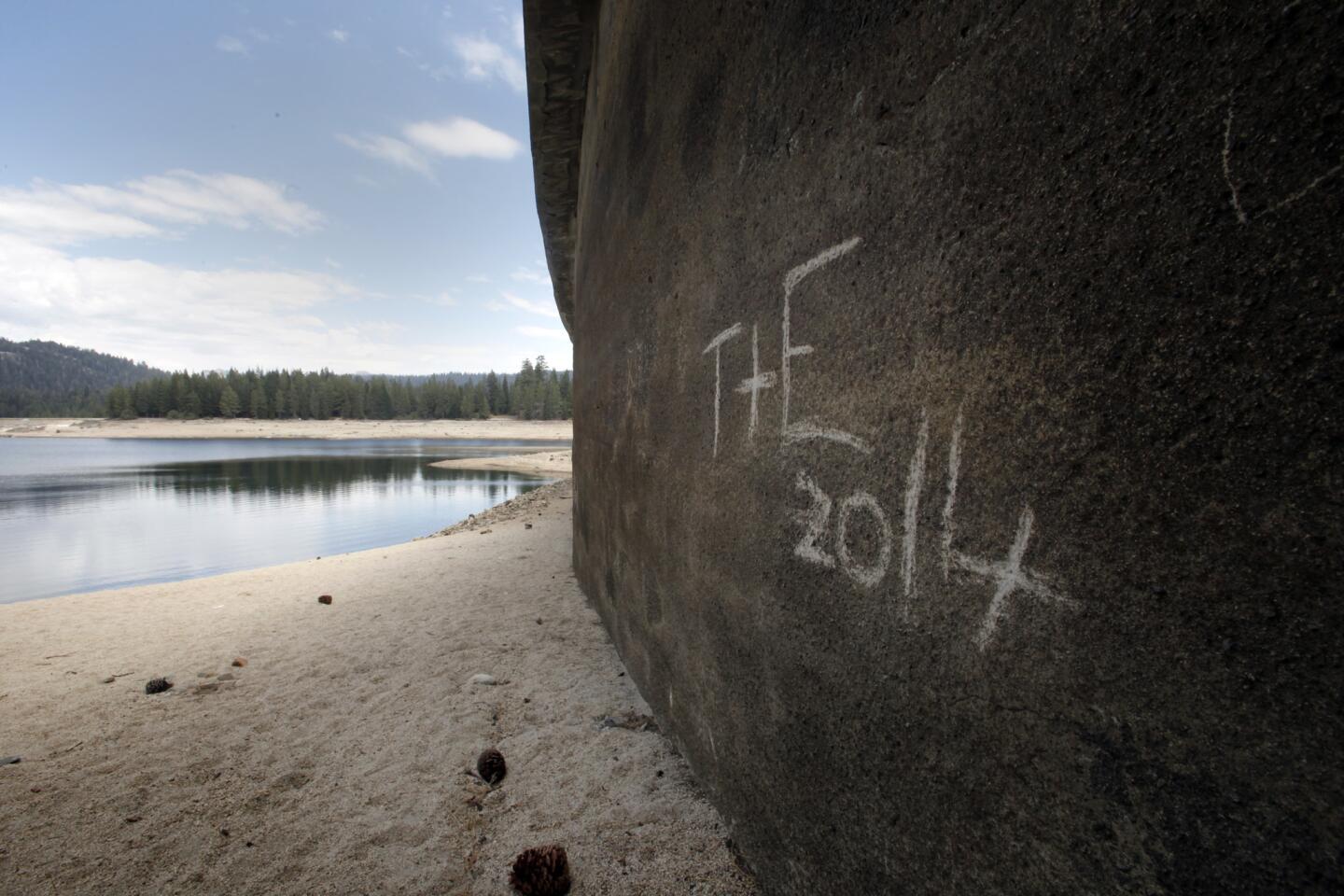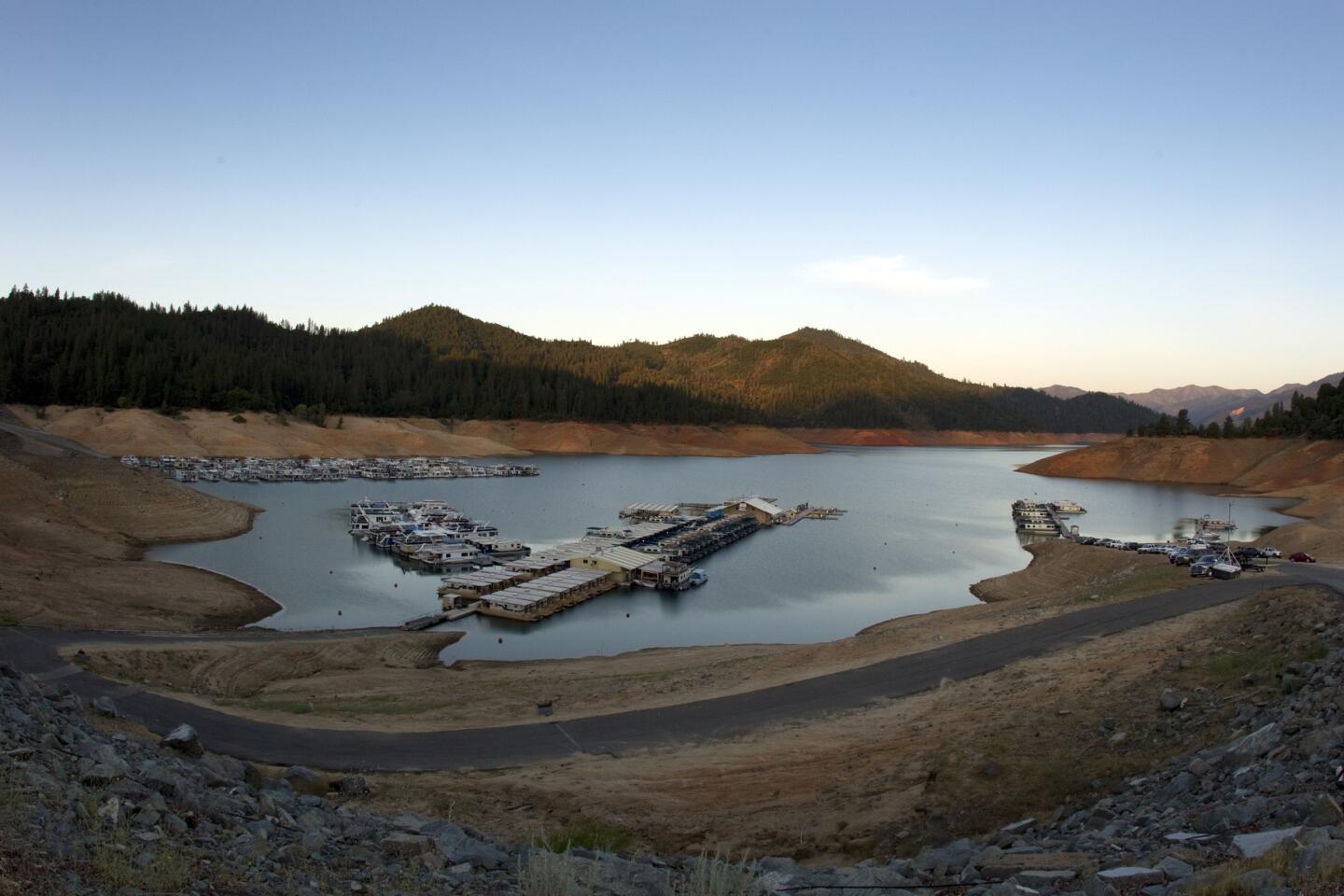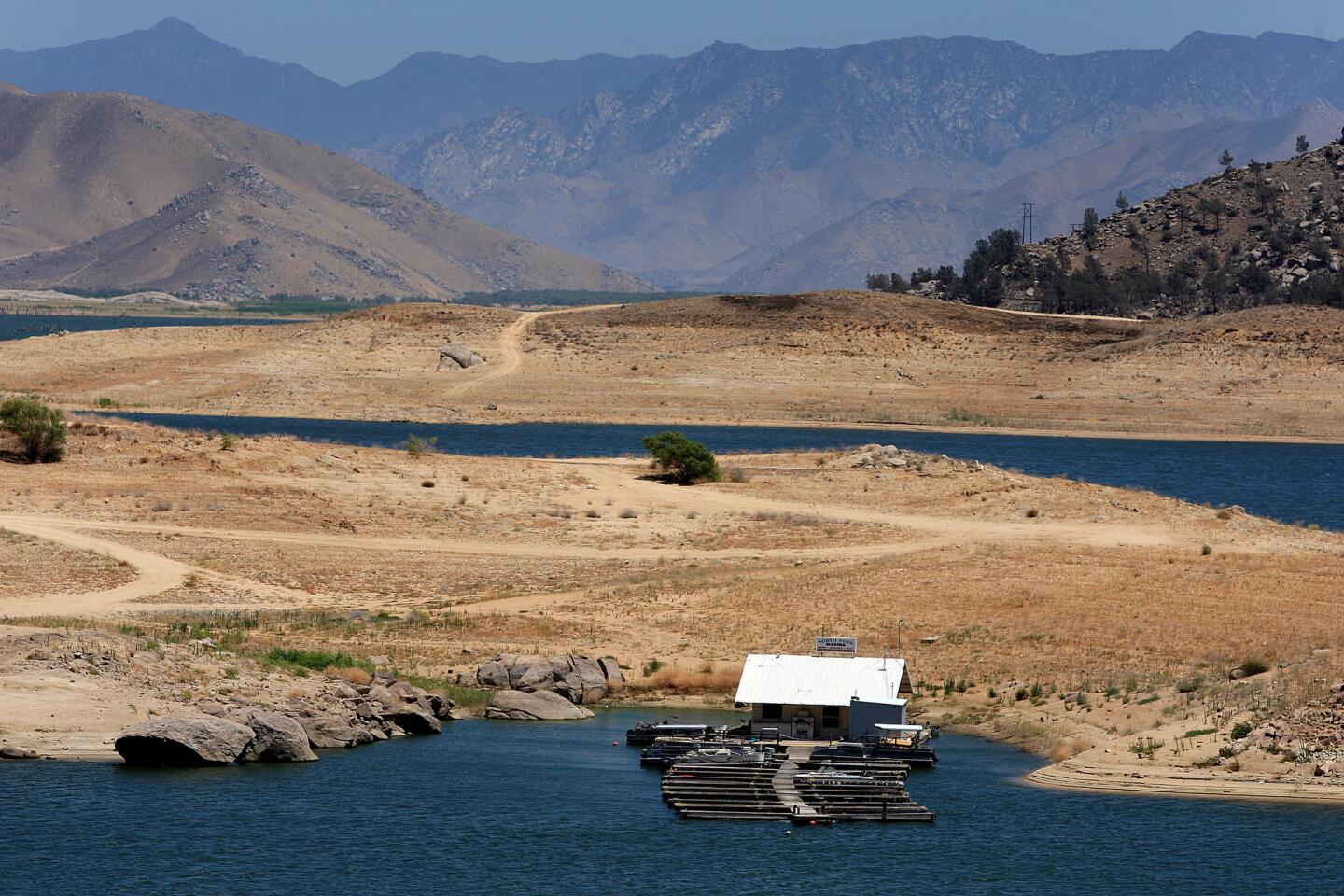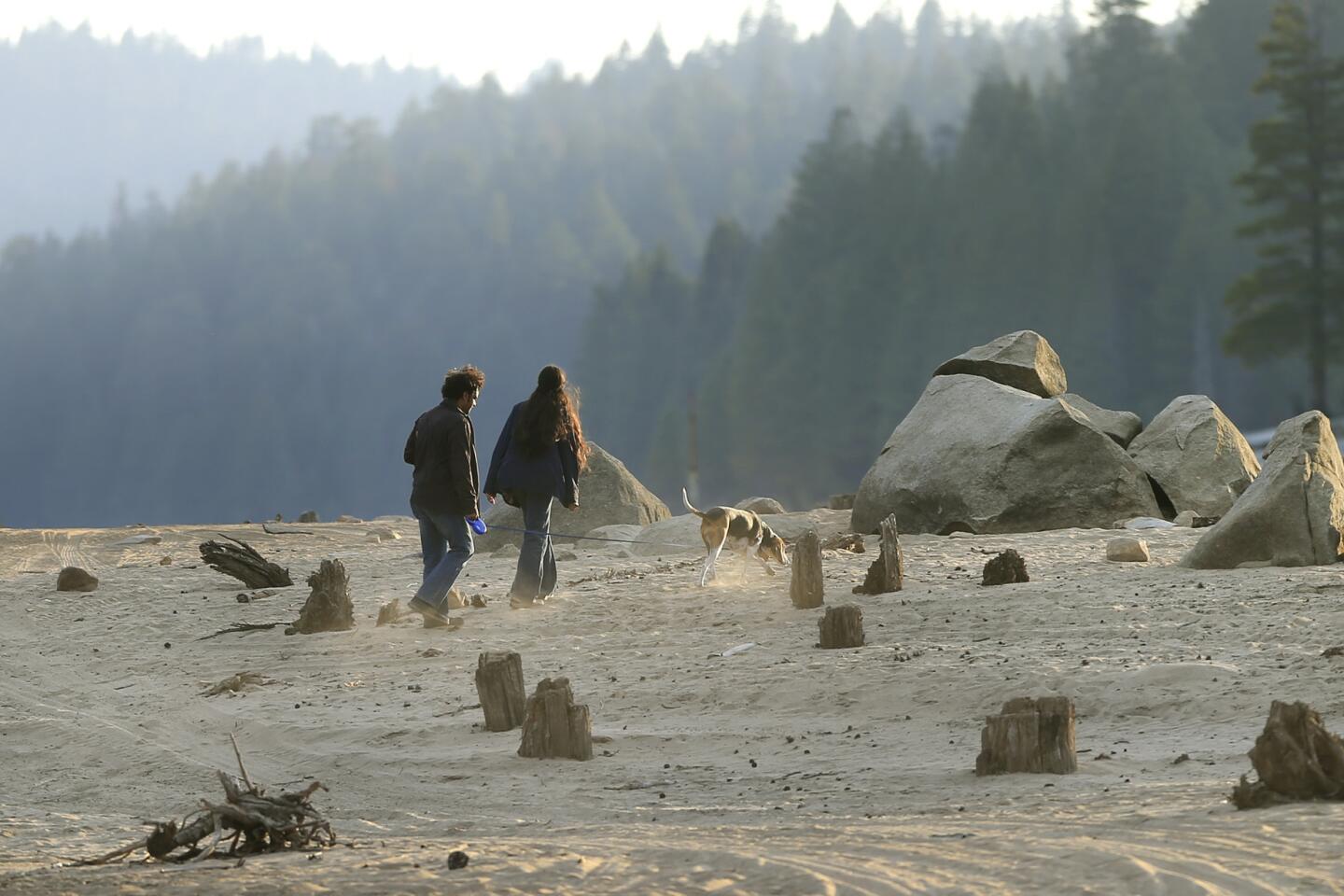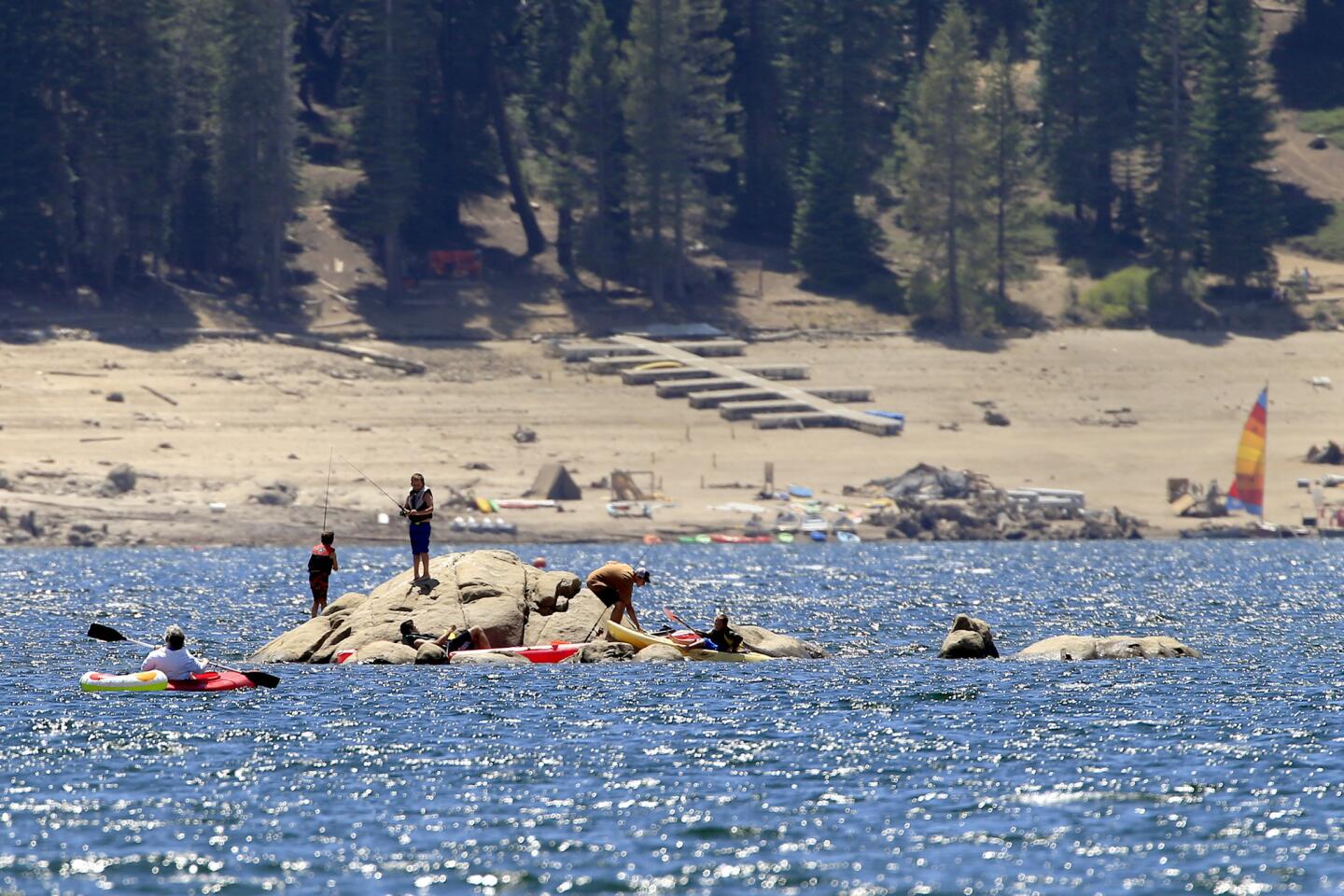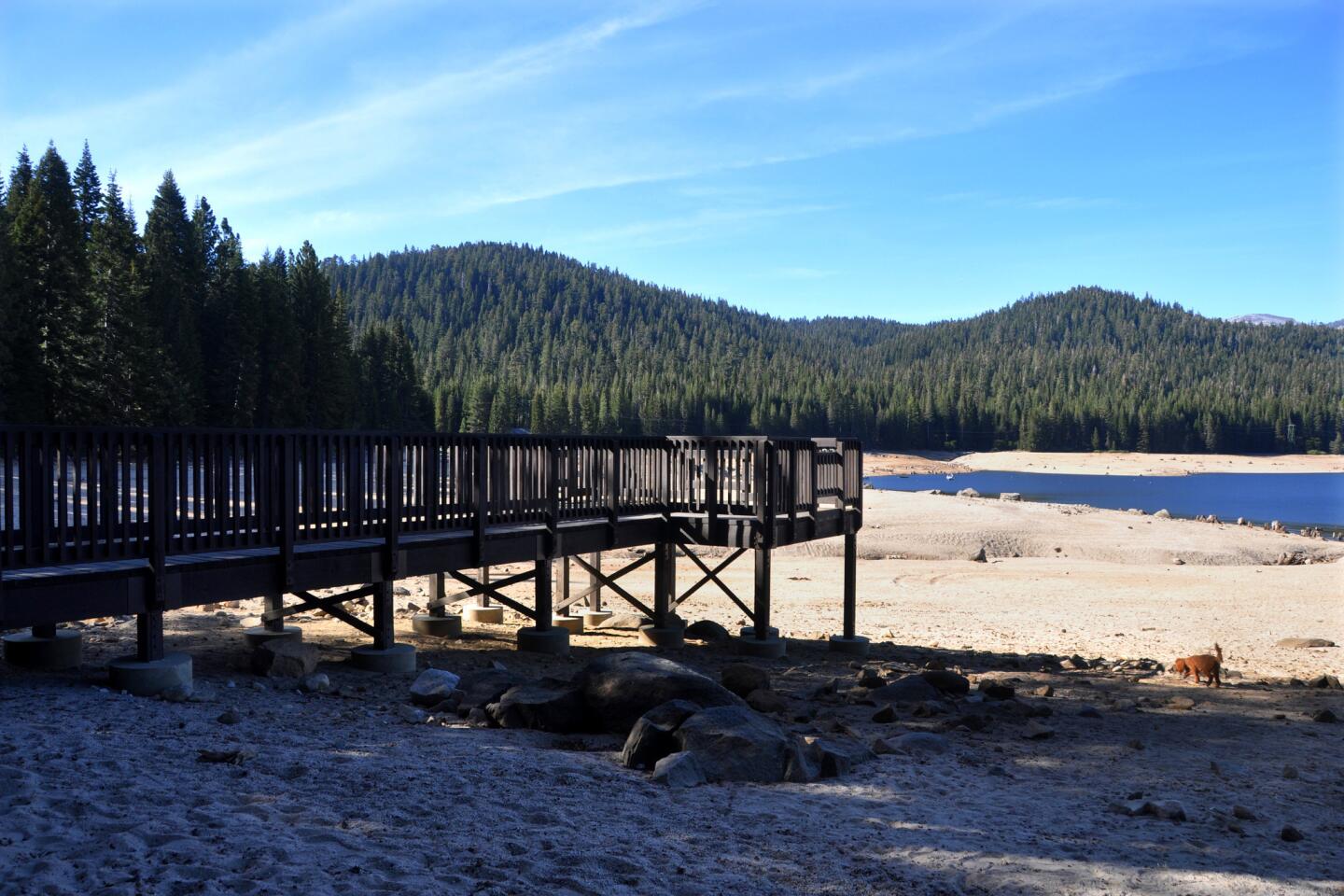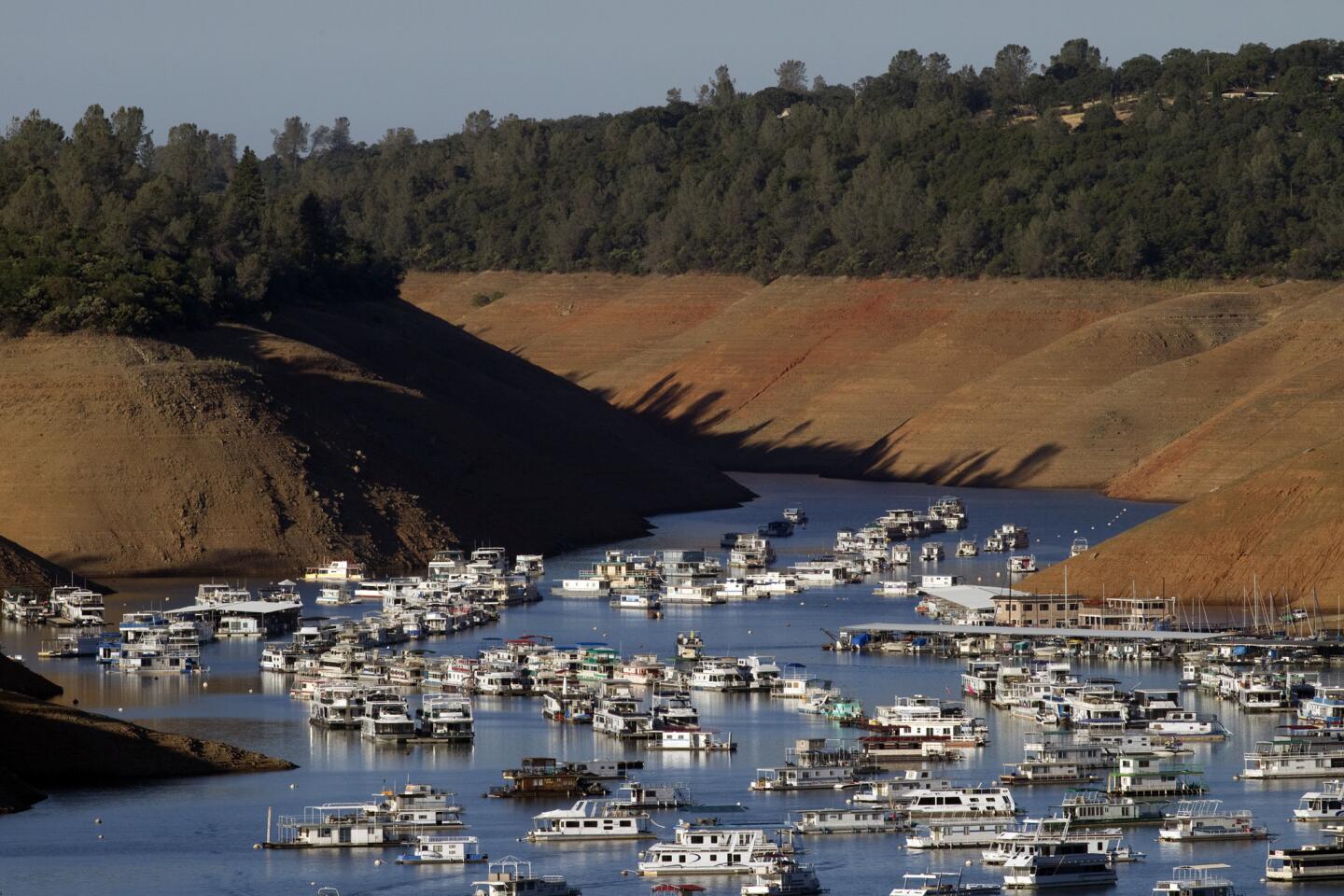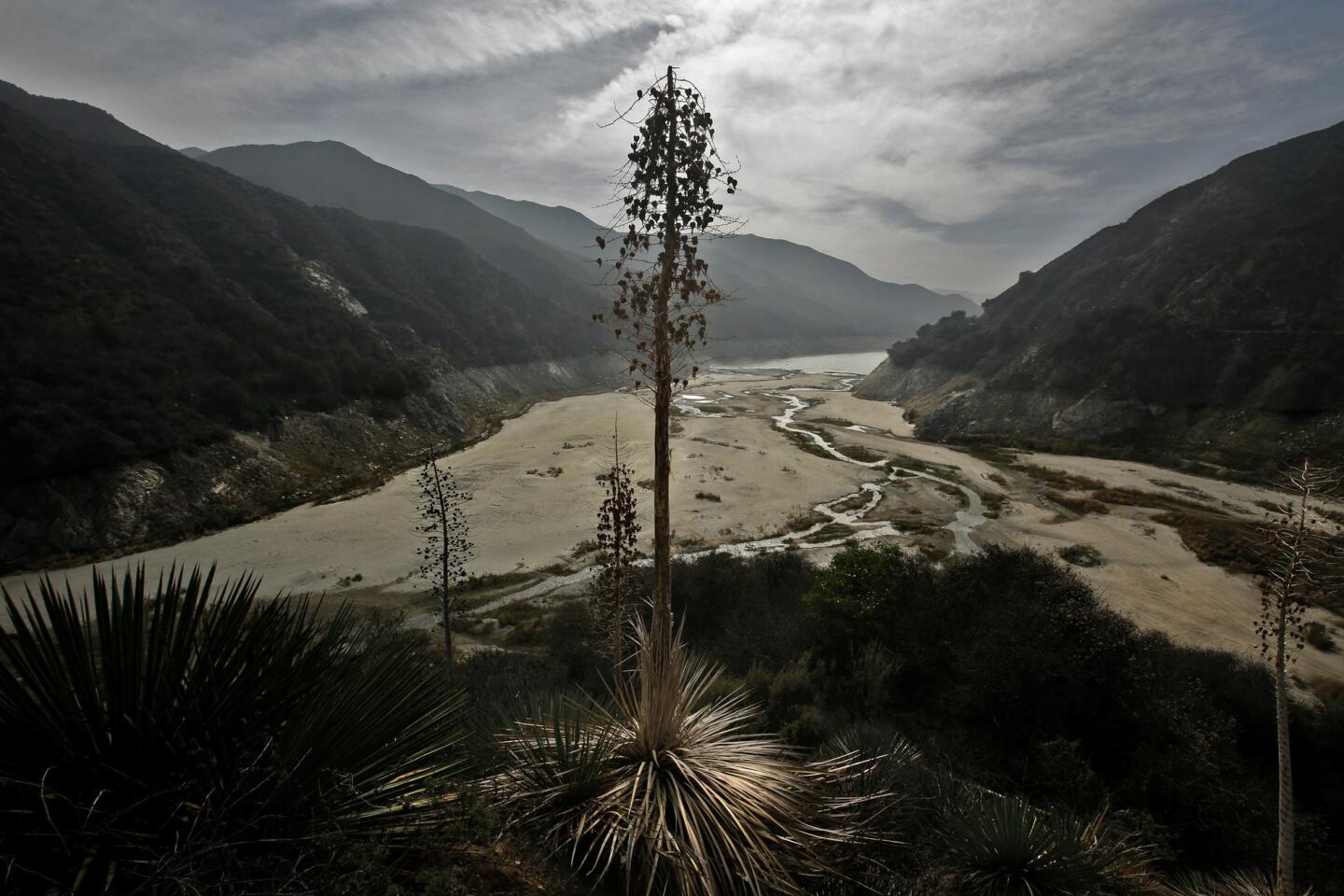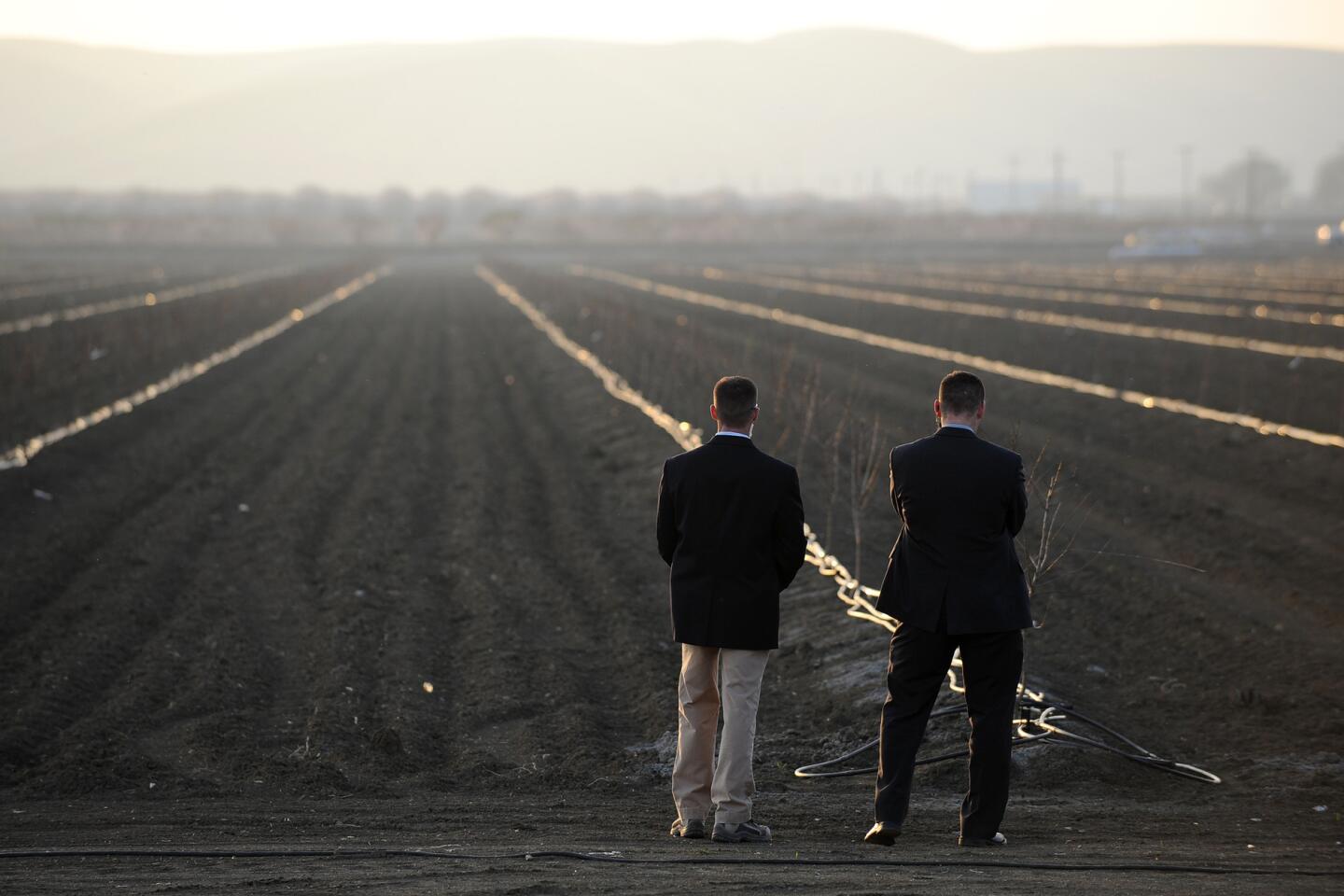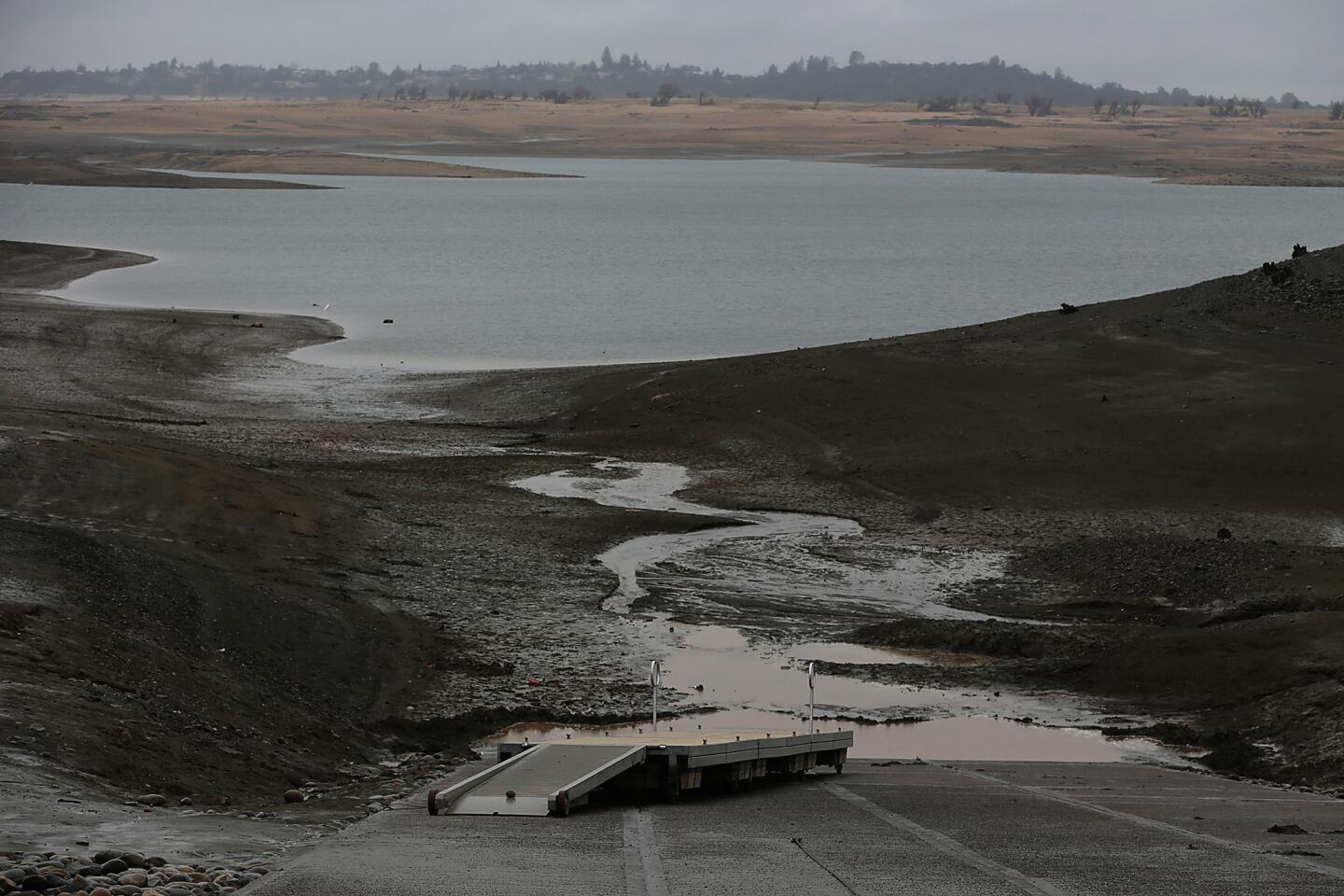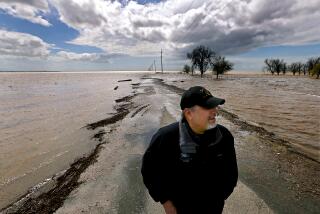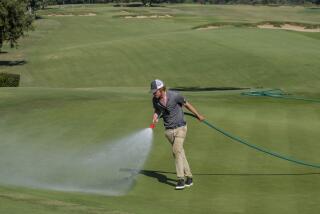As California drought gets worse, water use dips modestly
- Share via
Amid signs that California’s drought conditions are worsening, the state reported that water consumption in the state has declined modestly.
The State Water Resources Control Board reported that water use was down 5% through May. The report was based on a survey of water suppliers. More details on the report can be found here.
“While water conservation has been encouraged by urban water suppliers, measured water use hasn’t yet met a 20 percent voluntary reduction of water use called for by Governor Brown in two emergency drought declarations this year,” the report said.
“Exceptional” drought conditions have spread in Central California since a week ago, National Weather Service officials said. Areas in Northern California have also moved into this category since last week, according to the U.S. Drought Monitor.
Almost 33% of the state faces exceptional drought conditions. About 25% of the state faced those conditions last week.
Every part of California remains in what is considered severe drought.
A year ago, no part of the state was in exceptional drought conditions, the weather service said.
The drought has prompted water conservation efforts as well as rationing in some parts of the state. L.A. saw record dry conditions this winter, and snowfall in the Sierras has also been significantly down.
But the political impact of the drought has been a subject of debate.
A USC Dornsife/Los Angeles Times poll in June found most Californians surveyed saying the statewide drought has had little or no effect on their daily lives, and a majority oppose the suspension of environmental protections or large-scale public spending to boost water supplies.
Although 89% characterize the drought as a major problem or crisis, only 16% say it has personally affected them to a major degree.
Despite widespread news coverage of the drought, the state’s major population centers have largely escaped severe mandatory rationing.
Even agriculture, which as California’s thirstiest economic sector is inevitably hit the hardest by drought, has partially compensated for reduced water delivery by pumping more groundwater.
More to Read
Sign up for Essential California
The most important California stories and recommendations in your inbox every morning.
You may occasionally receive promotional content from the Los Angeles Times.
